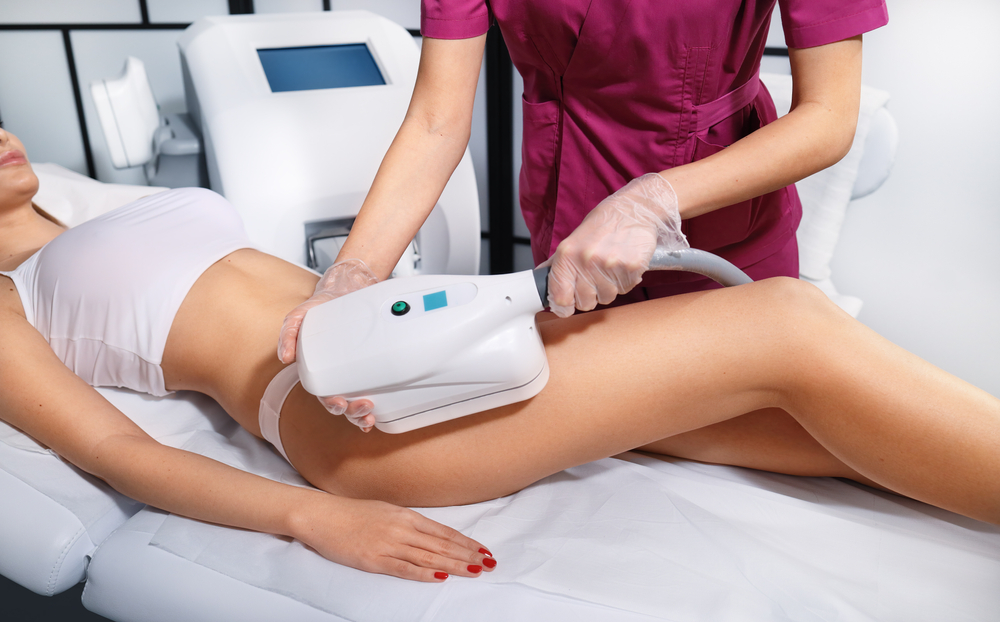Coolsculpting - Benefits & Costs
Explore the incredible benefits and costs of CoolSculpting, a non-surgical fat reduction treatment that helps achieve a toned physique. Learn how this innovative procedure can target stubborn fat pockets, providing noticeable results without the need for invasive surgery or downtime.
Cryotherapy, a term derived from the Greek words "cryo" meaning cold and "therapy" meaning cure, is a modern medical treatment that involves the use of low temperatures in medical therapy or the removal of heat from a body part, aiming to decrease inflammation, pain, spasm, and promote healing. Over the past few decades, cryotherapy has gained popularity in both medical and cosmetic fields, offering a range of procedures to treat tissue lesions, reduce fat, and alleviate pain and inflammation. This article explores the various facets of cryotherapy, detailing its mechanisms, types of procedures available, compares coolsculpting with traditional body sculpting, discusses average costs, and outlines the number of sessions typically required to observe differences post-treatment.

What Is Cryotherapy
Cryotherapy is a treatment modality that exposes the body to extremely cold temperatures for several minutes. The rationale behind cryotherapy is that by reducing the temperature of the body or a specific part of it, one can stimulate physical and mental health benefits. It can be delivered to just one area of the body, often referred to as localized cryotherapy, or to the whole body, called Whole Body Cryotherapy (WBC). It has applications in medical procedures, pain management, athletic recovery, and beauty and wellness treatments.
How Does It Work
Cryotherapy works on the principle of vasoconstriction followed by vasodilation. When the body is exposed to cold temperatures, the blood vessels in the skin constrict, reducing blood flow to the area and thus reducing inflammation, swelling, and nerve activity. This leads to a decrease in pain, especially in the muscles and joints. After the cold treatment is over, the deeper tissues warm up again, causing a return of faster blood flow, which helps return the byproducts of muscle breakdown to the core and increases oxygen supply, thus promoting healing.
The body's exposure to the cold also triggers several physiological responses. It is believed to release endorphins, the body's natural pain inhibitors and mood elevators, enhancing a sense of well-being. The extreme cold can also slow cellular metabolic processes, preserving tissues and slowing down the processes of degradation and inflammation.
Types of Cryotherapy Procedures
Cryotherapy comes in several forms, each suited for different purposes:
- Whole Body Cryotherapy (WBC): This involves standing in a cryotherapy booth for 2-4 minutes, where temperatures drop as low as -200 to -240 degrees Fahrenheit.
- Localized Cryotherapy: A targeted treatment for specific areas of the body, which can be done using ice packs, coolant sprays, ice massage, or through probes administered into tissue.
- Cryosurgery: A medical treatment that uses extreme cold to freeze and remove abnormal tissues, such as warts or precancerous cells.
- Cryoanalgesia: A type of cryotherapy used for pain relief by freezing the area around a nerve to interrupt the signal to the brain.
Coolsculpting vs Body Sculpting
Coolsculpting and body sculpting are both cosmetic procedures aimed at reducing stubborn fat deposits, but they operate on different principles.
Coolsculpting, also known as cryolipolysis, is a non-invasive cryotherapy technique that targets and freezes fat cells, causing them to die and be metabolized by the body over time. It is particularly effective on areas like the abdomen, thighs, and under the chin.
Body sculpting, on the other hand, can refer to several different procedures that may use heat, ultrasound, or radiofrequency to target fat cells. These treatments are also non-invasive but work by heating the fat cells to the point of damage.
Both treatments are not weight loss solutions but are used for body contouring by targeting and reducing fat cells in specific areas.
Average Costs
The cost of cryotherapy can vary widely depending on the type of procedure and geographic location. Whole Body Cryotherapy sessions can range from $40 to $100 per session. Localized cryotherapy might be slightly less expensive per session, but the costs can add up if multiple areas of the body require treatment.
Cryosurgery and cryoanalgesia costs can vary significantly based on the complexity and length of the procedure and whether it is covered by health insurance.
Coolsculpting sessions can range from $600 to $4,000, depending on the size of the area being treated and the number of areas treated at one time.
How Many Sessions Before You Start Seeing a Difference
The number of cryotherapy sessions required before noticing a difference varies depending on the type of treatment and the individual's condition or goals. For pain management and inflammation, some people may notice immediate relief after just one session of Whole Body Cryotherapy, although ongoing sessions may be necessary for sustained results.
In cosmetic procedures like Coolsculpting, patients typically start to see changes as soon as 3 weeks after their first treatment, with more dramatic results after 2 months. The body continues to flush out fat cells for up to 4 to 6 months after the treatment. For Coolsculpting, one may need 1 to 3 treatments per area for optimal results.
Cryosurgery results are usually seen promptly as the targeted abnormal tissue is destroyed and then heals over time. Patients may need follow-up appointments to ensure the success of the procedure.
Cryotherapy is a versatile treatment modality that spans various domains from medical treatments to cosmetic procedures. With its potential to reduce inflammation, alleviate pain, and destroy fat cells, it offers patients a range of benefits that are applicable in many different contexts. As with any medical or cosmetic treatment, it is essential for individuals to consult with a qualified healthcare professional to discuss the most appropriate type of cryotherapy for their specific needs, understand the associated costs, and develop realistic expectations regarding the number of sessions needed to achieve desired results. Cryotherapy remains an exciting field with ongoing research and evolving applications that continue to broaden its appeal and efficacy.
